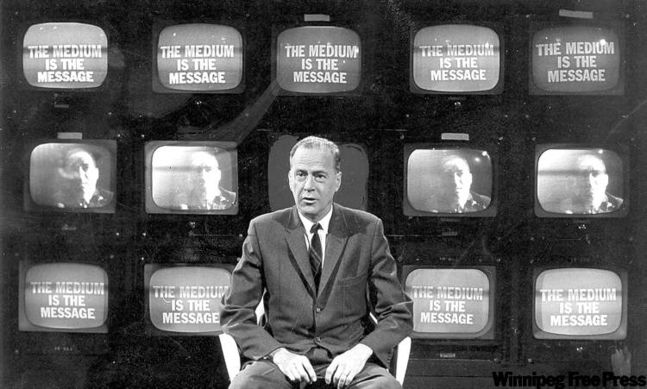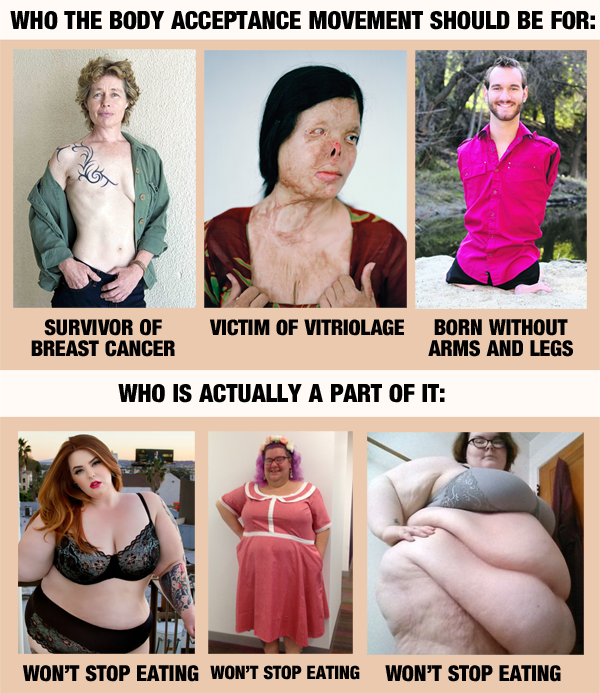The Moral Obligation to Be Beautiful
Recently, the folks at Boundless posted a provocative article titled ‘Where Have All the Beautiful Women Gone?’
The idea? That our culture, with its Photoshopped images and instant gratification, has numbed men’s minds to women’s natural beauty. The beautiful women haven’t gone anywhere; it’s just that men can’t see them anymore.
Doubtless, those with access to social media can relate. We are constantly bombarded by images of ‘idealized’ figures, and, naturally, have come to expect this in the people we see in real life. Not finding it there, we are left unsatisfied and swipe away any real beauty that we might encounter.
But is this really the main problem?
The author’s assumption is that all women are really beautiful, and that men just need to break free from the cultural influences to see that beauty. As he puts it, “all of the women in your life are living, active masterpieces.” He presents a theory that a man can see a woman as more beautiful just by getting to know her more. And so all men need to do is to get to know women more and they will be more beautiful.
And, to be sure, this can and does happen. But it must be stated that there are two kinds of beauty concerned here, the outer, physical kind and the inner, personal kind. While it cannot be denied that knowing someone better can give one a greater appreciation of his or her inner beauty, the author of the Boundless article claims that knowing someone can give one a greater appreciation of his or her outer beauty as well—it can make them more beautiful. This is where we must question his reasoning.
The author uses an example of a piece of contemporary art. When he first came upon it—a wood-carved grandfather clock and cloth over it—he didn’t care for it. Once he knew how it was made, he gained a better appreciation for it and ultimately thought it was beautiful.
Hogwash.
Knowing how a piece of art is made does not make it more beautiful any more than knowing that mushrooms are fungus that don’t require sunlight to grow makes them taste any better. I don’t care how inventive they are; they’re still nasty little slime monsters. Similarly, if a sculpture is aesthetically unappealing, knowing that it was made from recycled rubbish does not make it more beautiful. More interesting, possibly, but not more beautiful.
This is the fallacy of modern art: that the medium is the message, as McLuhan put it; that the way a piece of art looks or its visual appeal no longer matters, and the way it is made is the only thing that we should be concerned with.
Of course, given this premise, it is no wonder why contemporary art galleries are filled with rubbish, recycled or not. If all we care about is the way something is made, then practically anything can be art, and somewhere it probably is.
But, when anything is art, then nothing is art. By now, it can come as no surprise that getting rid of aesthetic standards has meant doing away with the concept of art generally.

This isn’t to suggest that the medium is unimportant. It can be very rewarding, and knowing about it can make the piece of art more appealing on an intellectual level. But it doesn’t make the art more beautiful. Aesthetic appeal is its own thing, and one that shouldn’t be discarded for the sake of a message.
Indeed, as Rookmaaker showed in his 1970 Modern Art and the Death of a Culture, the aesthetic is a central component of creation, and should be viewed with sacred reverence. Rookmaaker puts it concisely: “Art has meaning as art because God thought it good to give art and beauty to humanity.”
To the chagrin of the good people at Boundless, the same must be said for human beings. Getting to know a person might make him or her more interesting or more attractive, but it does not increase his or her physical beauty. Suggesting that it does, for whatever reason, obliterates the concept of beauty altogether and ultimately only does a disservice to the subject.
The fact is that not everyone is beautiful. This isn’t meant to be a barbarous insult, but an objective fact. It isn’t meant to be cruel; it is meant to be honest.
This is not to say that they can never be beautiful. Most people who are not beautiful are not beautiful because they aren’t trying to be beautiful—indeed, they are actively trying to be repulsive. They have been told that cultural ideals are unrealistic and so it’s not worth trying to meet them. This translates easily in the lazy mind to the notion that appearance doesn’t matter at all, and that people should see the beauty in them no matter what. Those who don’t see the beauty that isn’t there are to be shamed for being judgmental.

One recalls the Body Positive Movement, which, admittedly has a noble intent of defying cultural standards of beauty and building self-esteem. Of course, in our disordered times, the movement has morphed into a way for people to celebrate unhealthiness and self-mutilation. Only in the 21st century could it be fathomable for a culture to condemn the beautiful and cherish the grotesque, all the while castigating anyone who dares defect.
As in the Boundless article, it is right to question cultural beauty norms. Any objective observer will agree that those norms are unrealistic, and, more importantly, hyper-sexualized and destructive. But this shouldn’t give anyone license to simply throw out the concept of norms altogether. There is a place for standards as long as they are the right standards.
Nor should the onus be entirely on the beholder. Yes, men have an obligation to throw off the yoke of modern norms, but women have an obligation too. Women must challenge modern norms as well, not by rejecting standards, but by instating new ones; not to throw out beauty, but to be beautiful.
The PC police will be up in arms at such a statement. That just means that they have lost sight of the fact that one’s body is a temple and should be treated as such. We must encourage beauty wherever we can and cherish it whenever we see it. And no amount of political correctness can annul such a moral obligation.

We can turn to Emerson, who gave us this simple charge: “Never lose an opportunity for seeing anything that is beautiful; For beauty is God’s handwriting—a wayside sacrament.”




